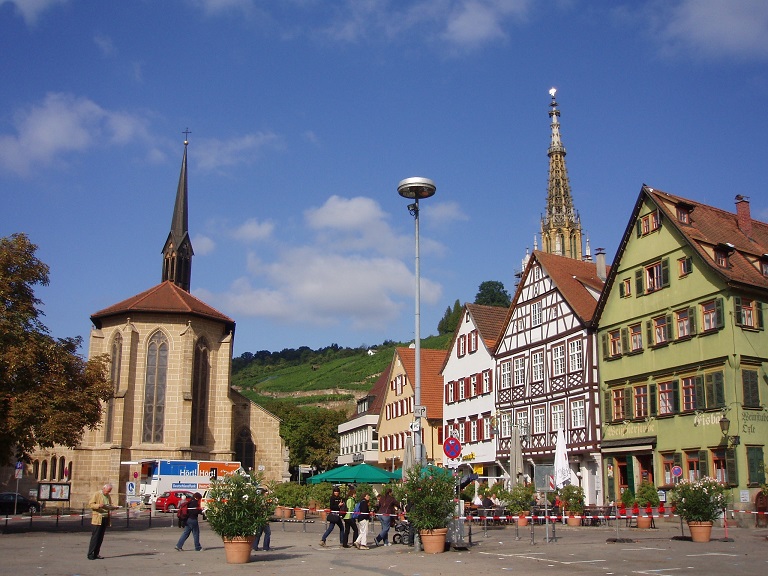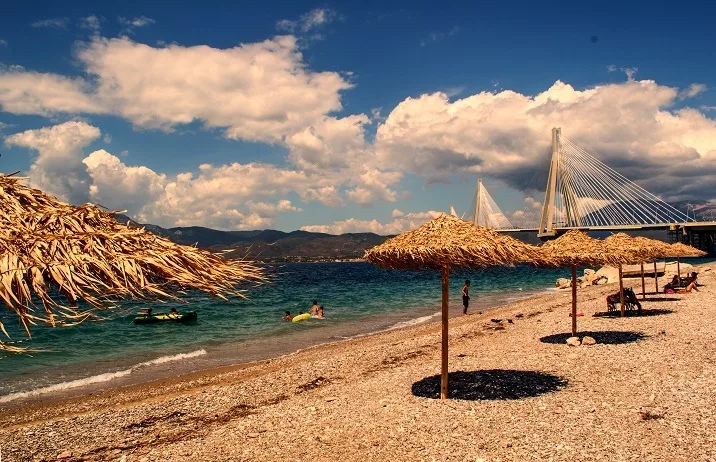As a professional portrait or wedding photographer, it is imperative to be able to produce beautiful images at any time of day. While a beautiful setting an hour before sunset with photogenic and relaxed clients is every photographer's dream, this scenario seems to present itself infrequently.
In fact, the most common shooting scenario that I encounter involves the rather harsh light that occurs around the middle of the day and more than an hour or two separated from sunrise and sunset. Colors flatten out, unattractive shadows are cast awkwardly across faces overexposing some faces while hiding others, or the dreaded raccoon eyes come into play; forcing me into hours of Photoshop trying to salvage a photo and turn it into something presentable.
Clients often squint towards the camera, are uncomfortable in general, and the whole portrait event devolves into something rather unprofessional immediately. It's a bad way to start.

One of the biggest transitions in my photography career came when I came across a simple solution: when the light isn't perfect during the brightest daylight hours, shoot towards the sun. Putting the sun roughly behind the subject so that their entire face is in even shadow, and then exposing for the face seems to always do the trick.

Light is even on the critical features of the subject, the sun serves as a natural kick light highlighting hair and providing a subtle drama to the photos, and the colors in the background jump out as the sun passes through translucent foliage and takes on more color.
You can turn your subject 30 degrees away from the sun so it is still roughly behind them and the face is still shadowed, and have a little bit more light bend around one side of the face to create more depth to your portrait as well, while still getting all the benefits of vibrant color.
The only caveat to this technique is that the sun has to be low enough in the sky to provide some amount of directional light. That means that at high noon at some points during the year when it is directly overhead it's incredibly hard to get it reliably behind the subject and raccoon eyes come back into the portraits.
For completely overhead sun the reliable solution of open shade seems to work best. This can be as simple as getting an assistant or a light stand to hold a portable reflector above the client casting shade onto them, or finding shade cast by a building or a tree. Avoid dappled light at all costs as this is another pitfall I've found while looking for shade that never seems to work well.
Here's two photos from a family photo shoot this past weekend that lasted from 11:30am-noon. Scary times for a photo shoot that would have scared the daylight out of me before (pun intended), but actually seemed to work rather well with the strategy above. In one photo, notice the subjects facing roughly towards the sun, with muted colors, squinting eyes, and a bit of discomfort. After turning them around, the colors and backlight I wanted came into the photo and we were able to focus on better posing and making beautiful images.
Also try this technique when choosing where to position yourself during event photography so that your candid photos are well exposed and have a colorful pop. Off camera flash can be added to this equation for added drama, but often needs to be high output and requires a setup that is both expensive, time consuming and not nearly as fast and portable.
 |
 |
 |
 |